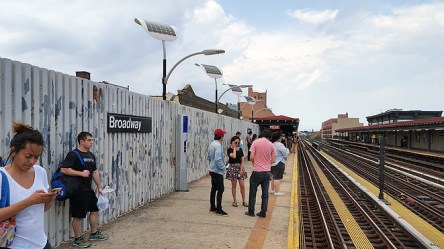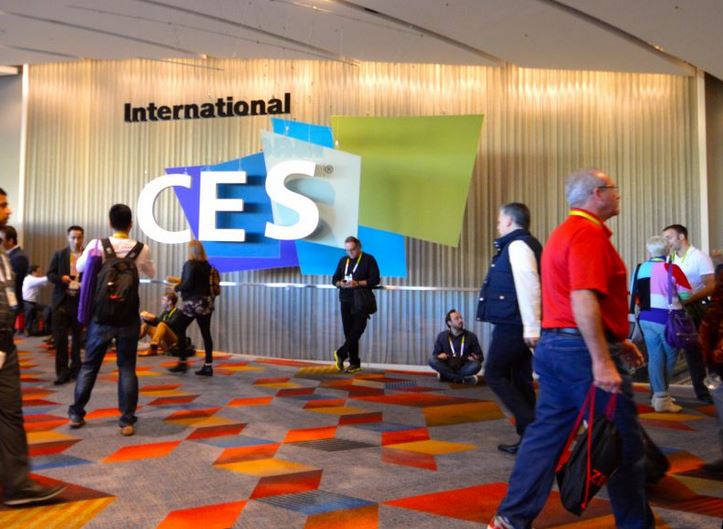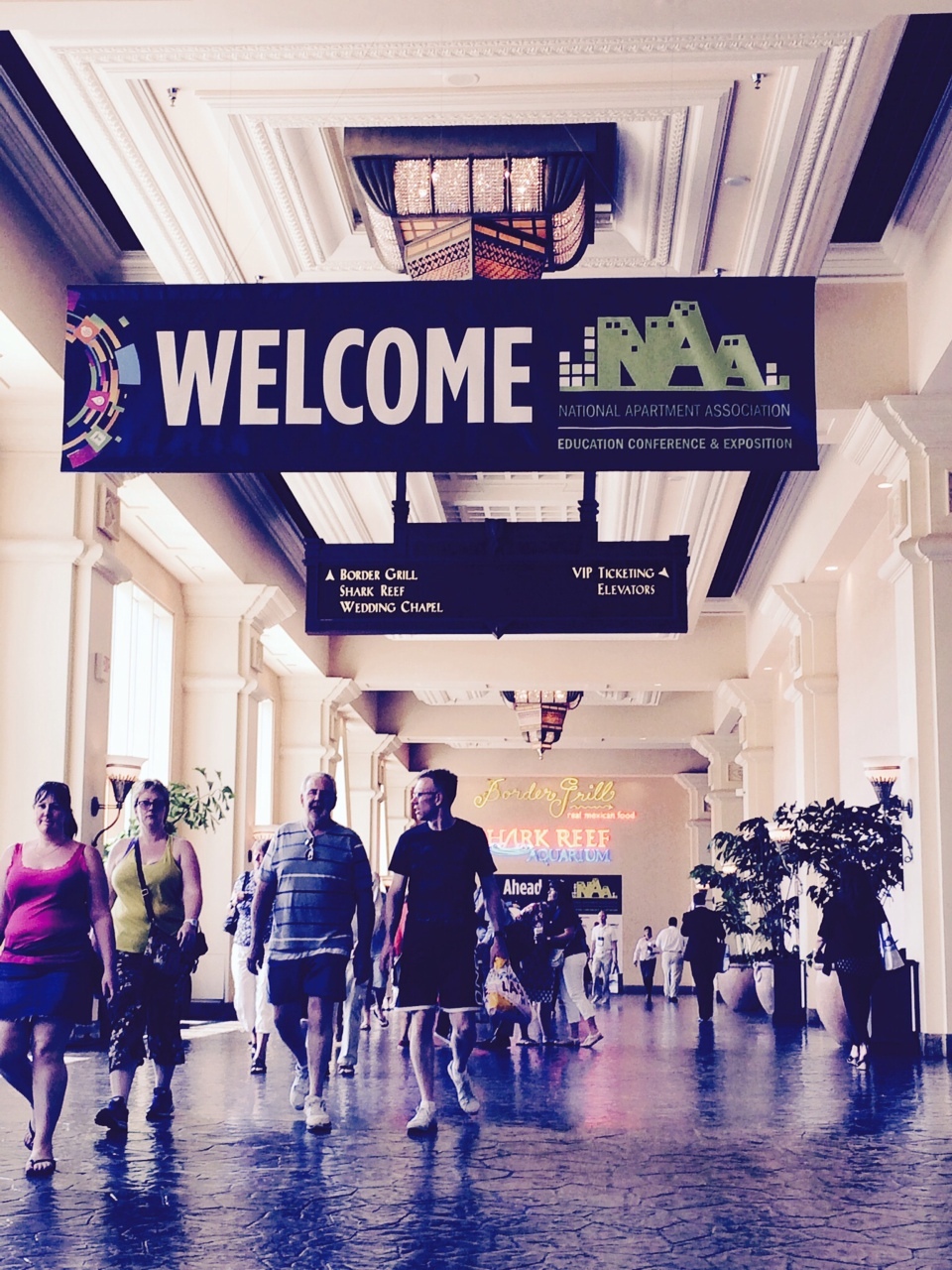Hurricane Sandy is a terrifying memory, but out of its darkness, plenty of luminous people came out with innovative ideas meant for a better world. One such company is the New York-based clean tech start-up EnGoPLANET. They signed a partnership with the city of Las Vegas and installed their solar-kinetic streetlights solution at Boulder Plaza in the Arts District, becoming the first-ever installation in the world of this street lighting technology that combines solar and kinetic energy. Built in the Nevada desert, Las Vegas’ popularity is fueled by the entertainment variety that makes it one of the leading entertainment hubs in the U. S. Moreover, it is quickly becoming a leader in municipal sustainability and the partnership with EnGoPLANET attests it. These cool-looking streetlights work via kinetic pads installed under or near the light posts. Inside the pads are generators, which react to the steps of pedestrians stepping over them, the pressure creating kinetic energy. The energy is then converted into electricity and stored into batteries that light up the lamps at night. Depending on the pressure, each generator can produce 4 to 8 watts per footstep, according to Petar Mirovic, CEO of EnGoPLANET, meaning that for the locations where there are many pedestrians, the ration between solar and kinetic can be somewhere between 30 to 40 percent kinetic and the rest solar. Solar panels mounted on top of the polls are also a source of power, collecting solar energy throughout the day, and we all know how sunny Las Vegas is. Furthermore, the lights can change colors, complementing the city’s atmosphere. In addition, the system can serve as a Wi-Fi hotspot and even offer passers-by both contact-less and USB-cable charging for mobile phones. “If you look at traditional street light poles, you will...
SmartHome Updates
CES 2016
Smart home technology becomes smarter every year. Alongside televisions, cameras, and a multitude of stunning gadgets, smarthome devices have become a significant part of the CES electronics trade show, held every year in Las Vegas. A wide array of sensors and connected appliances were on the show at the event. It appears that some of the star items now sport IoT features—like televisions, which can support to control other devices around the house and through the screen. In fact, TVs continued to be the main draw of CES. Panasonic showed off its TV with an almost completely transparent screen (it looks like tinted glass). The demo presents a display attached to shelving with various home décor behind it. The wood beneath the glass is actually where all the technology is hidden. Inside are micro LEDs that beam out the picture to the glass panel. The display maxes out at 1080p and the developers behind it are not satisfied with the current level of transparency, but I doubt people hate the tinted glass look. Looking into the future, it’s easy to see what it will be able to enable—weather, news, custom notifications, all without turning the cable box on. LG presented its signature refrigerator. This is one of the two exciting ones presented this year at the event. It features four doors and a panel on one of them that allows to see the insides of your fridge without opening it. Moreover, the LG model has darkened glass that requires you to tap on it, using the “knock-on” feature to turn on the light inside. Another cool fridge is Samsung’s Family Hub Refrigerator, despite its terrible name. It has a 21.5-inch Full HD monitor and stereo speakers and it has the ability to give access to other smarthome devices that use and work on the same standards as the company’s SmartThings platform. One of its great features is that it enables you to bring up recipes on the monitor and with the integrated interior camera you don’t even have to open the door to see what’s inside. Happy cooking! All this fridge talk reminds me of Smarter—the British firm behind iKettle has announced three new connected kitchen products during CES: the Smarter Fridge Cam, Smarter Mats, and Smarter Detect. All three devices are compatible with iOS and Android and they’ll become available this summer. No words on pricing yet. The Smarter Fridge Cam emulates the feature mentioned above in the Samsung Family Hub Refrigerator; you place it in your refrigerator and then see what’s inside, streamed to your smartphone or tablet. Shopping made easier. Smarter Mats can be placed not only in your fridge, but also in your pantry. By placing containers on them, the mat sends details on stock levels to your smart device. Never out of stock! Smarter Detect is a wireless device that you mount on your wall in the kitchen and it will guard the environment of your cooking room—notify you when the oven is ready or the fridge door was left open. LG showcased Hom-Bot Turbo+, a device with a double identity: a robot vacuum doubling as security camera. The vacuum comes with augmented reality features—it has a mounted camera that sends live video of the cleaner’s view to a smartphone or tablet, helping the user concentrate on the areas on the floor that need cleaning. When doubling as a security camera, it has the option to send pictures to a smart device whenever it detects movement. Thieves will have no idea what is watching them… Honeywell’s Lyric Wi-Fi Water Leak and Freeze Detector is a not-so-great-looking fellow capable of great things. This early warning system notifies you on your smartphone when a leak is detected or the temperature drops below a temperature of your choice. It costs $79.95 and is currently available in the US. Home security was a major interest in this year’s...
Takeaways from NAA
Trends and themes
The National Apartment Association’s annual education conference and exposition brought hundreds of apartment industry professionals to sunny Las Vegas. The week-long event drew a record-breaking 9,000+ attendees to the conference, which was held at the Mandalay Bay Resort from Tuesday, June 23 to Saturday, June 27. The conference kicked off on Tuesday with a celebrity expert “Game Changer” series that focused on personal growth experiences and lessons learned in business. With over sixty industry-focused workshops, the conference offered attendees eight tracks of sessions. The tracks included specialized sessions in Human Resources, Leasing, Legal Issues, Maintenance, Marketing, Operations, Special Needs Populations, and Technology. Particularly helpful, the conference smartphone app allowed conference attendees and exhibitors to view speaker bios, access session descriptions, build customized daily schedules, and find exhibitor booth locations. #NAAEduConf always gives attendees new ideas to consider, and here are three big takeaways from 2015. Generational sub-markets are more complicated than we thought. The housing industry has had a keen focus on the maturation of the Millennial generation, which includes individuals born between 1981 to 1997. A renewed interest in other generations, such as Baby Boomers and Gen Z, was an emerging theme at this year’s NAA conference. The population of aging Baby Boomers in the United States is anticipated to reach 73 million by 2030. The apartment industry is seeing many now senior Boomers selling their homes and searching for tech-friendly senior living communities. Additionally, college-bound Gen Z will be a generation to follow, as they are predicted to become the most technologically advanced and largest college-bound generation to date. Each of these growing populations will have different needs and desires when it comes to housing, and the apartment industry is wise to take a deeper look into the complicated intricacies of each...



